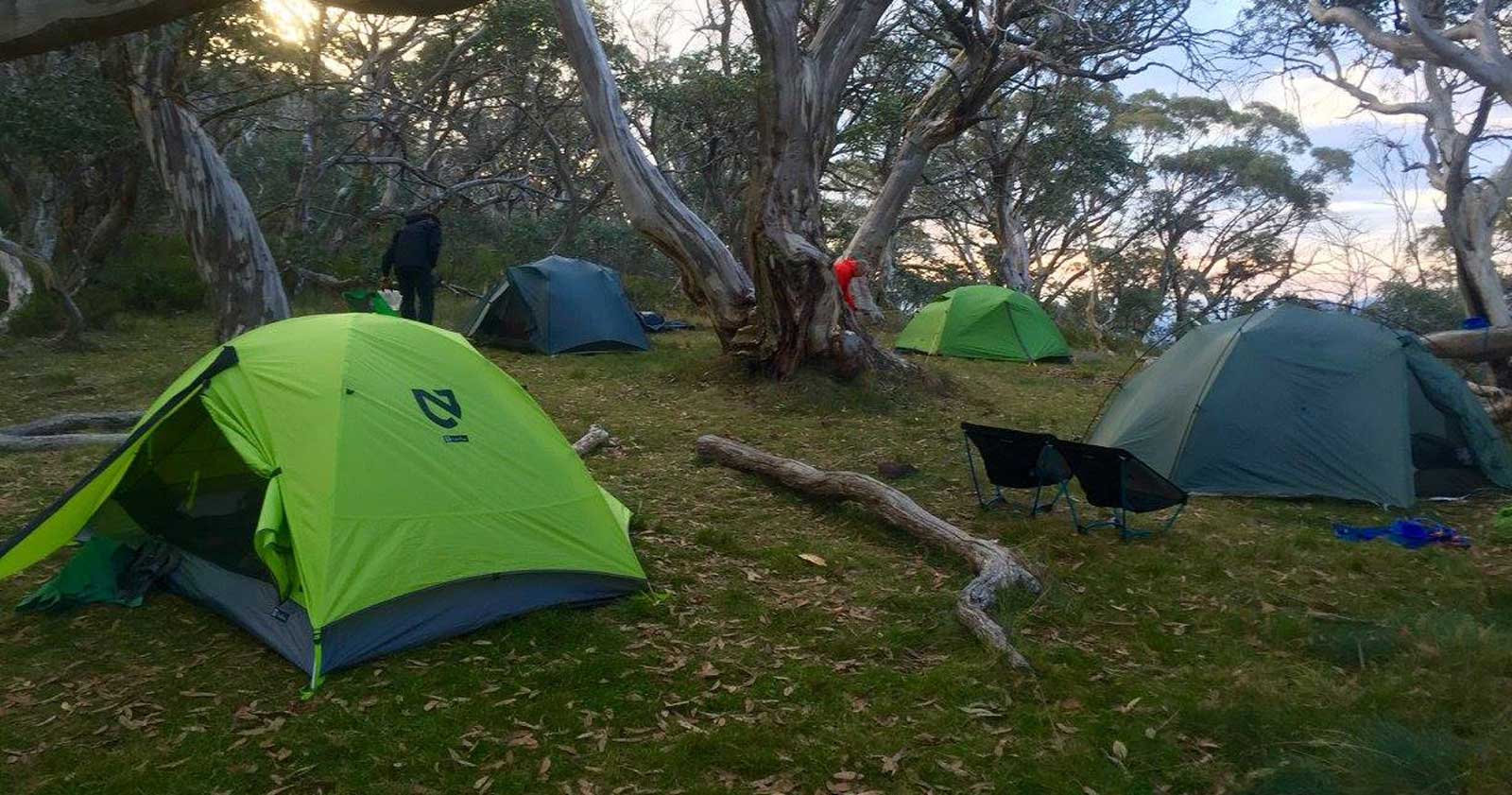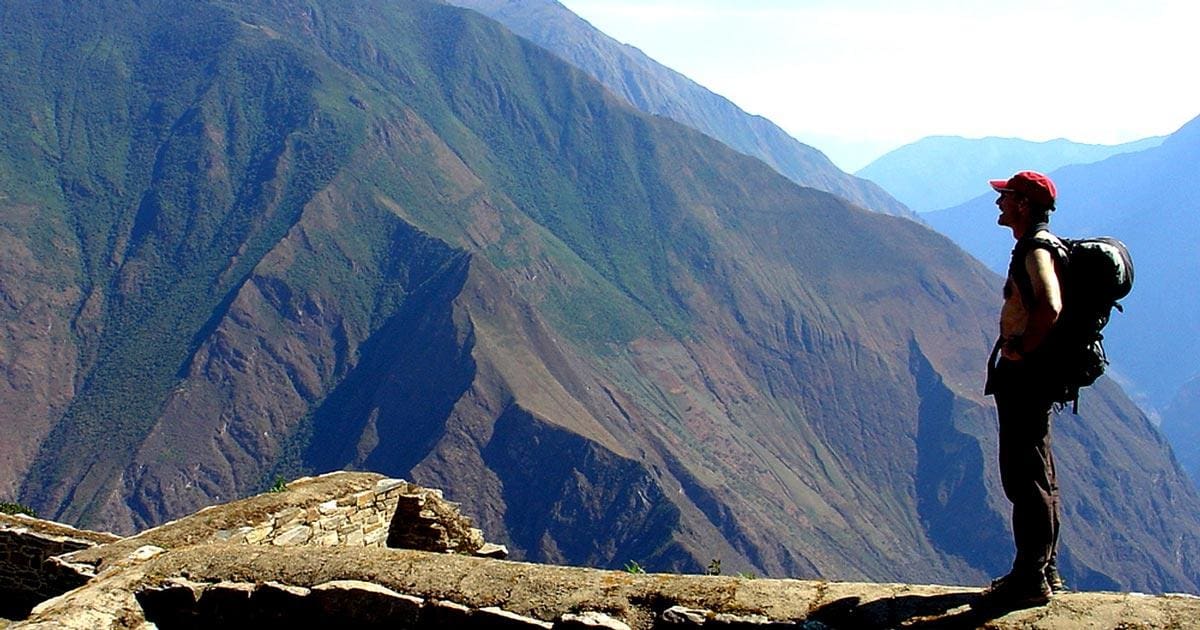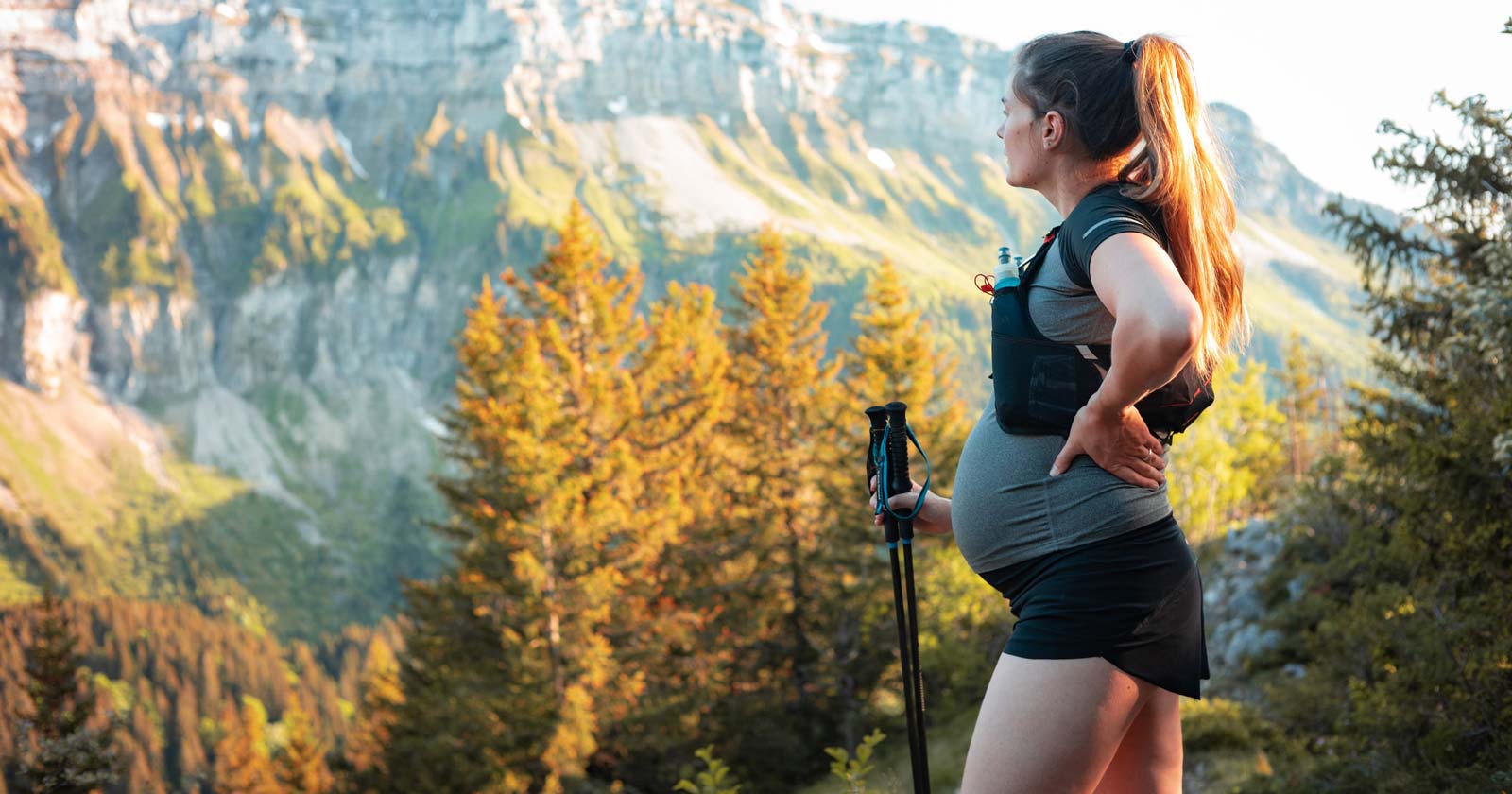Hitting the Aussie trails for an overnight or multi-day adventure? You’re likely packing delicious meals to fuel your journeys, but what about cleaning cookware afterwards? Conventional methods often involve harsh chemicals and significant water use. Thankfully, there are enviro-friendly solutions you can use on the trail to keep your pots, pans and utensils sparkling without harming the environment.
Leave No Trace: The guiding principle
Before diving in, remember the “Leave No Trace” principles. This means minimising your impact on the environment, including including responsible cleaning practices. Always stay at least 100m away from water sources for any cleaning, and pack out all waste, including food scraps and used cleaning materials. If you are collecting water for cleaning from a natural water source, its a good idea to use a clean container so you aren’t contaminating the waterway with leftover food.

Cleaning cookware the environmentally friendly way
Here’s a couple of effective and environmentally friendly methods I’ve used to clean cookware on the trail:
Biodegradable Soap: While I personally avoid introducing any chemicals into nature, I acknowledge that some hikers use biodegradable soap for outdoor cleaning. If you choose this option, pack a small, environmentally friendly soap specifically formulated for outdoor use. Use sparingly, scrub with a small brush, and rinse away from water sources.
Sand Scrubbing: While it might not be everyone’s cup of tea, I find this method highly effective and resourceful. This free, natural option works wonders for stubborn grime. Remember to find clean, fine sand away from water sources, use it to scrub your cookware, and disperse the used sand responsibly.
Dirt Scrubbing: Fine dirt can be used to clean cookware on the trail, readily available as it often is. Like sand, it can scrub off stuck-on food particles. However, be mindful that dirt can harbor bacteria and may require thorough cleaning afterward. Additionally, using dirt near water sources or vegetation can disrupt ecosystems, so choose its source carefully. If you choose to use dirt, exercise caution and follow these guidelines:
- Source: Use clean, dry dirt away from water bodies, campsites, and vegetation. Opt for fine, sandy dirt free of debris or organic matter.
- Scrubbing: Scrub gently to avoid scratching your cookware.
- Rinsing: Rinse your cookware thoroughly with clean water afterwards, even if it seems clean.
- Dispersal: Spread the used dirt thinly in an area unlikely to be disturbed or contaminate ecosystems.
Boiling Water: This method can be helpful for light grime or residue, but it might not be sufficient for heavily burnt-on food. Boil water in your pot and gently scrape loosened food particles while simmering. Once the water cools, dispose of the boiled water responsibly, away from vegetation and water sources.
Reusable Cloths/Sponges: Carry lightweight microfiber cloths or dish towels for cleaning and drying cookware. These have multiple uses and can be reused over and over. Rinse them thoroughly with clean water away from water sources and vegetation, and air dry completely before storing. Bandannas can be used as a last resort for light cleaning, but may not be as effective or hygienic.
Scraping Tools: If you haven’t packed a dedicated lightweight scraper, cautiously use the back of a knife, spoon or fork from your eating utensils to gently scrape off light food residue. Be mindful not to damage your cookware.
Sunlight Disinfection: While sunlight can help disinfect non-porous utensils, it’s limited in effectiveness. For cookware & utensils, prioritise boiling water, responsible sand scrubbing (non-porous only), or biodegradable soap (rinse responsibly). Sunlight drying can still aid in hygiene. Remember, responsible cleaning minimises environmental impact.
Natural Scrubbers: While using natural elements like dead leaves or twigs might seem like a sustainable option, it can still impact the ecosystem. I recommend using the alternative methods mentioned above to adhere to Leave No Trace principles and minimise your environmental impact.

Additional cookware cleaning tips
- Season your cookware: This creates a non-stick layer, reducing the need for cleaning agents. Use natural oils like coconut or flaxseed before your hike.
- Choose the right cookware: Opt for non-porous surfaces like titanium or hard-anodised aluminum for water efficiency and easy cleaning. These lightweight options are popular choices for backpackers.
- Prevent messes: Pack your food in containers to minimise spills and residue in your cookware.
- Pack light: Choose the methods that best suit your needs and pack accordingly.
- Minimise water usage: Use only the water you need for cleaning and rinse strategically.
- Leave No Trace: Dispose of all waste responsibly and leave the environment as you found it.
By following these tips and adopting enviro-friendly cleaning methods, you can enjoy your Aussie hiking adventures while ensuring the beauty of the wilderness remains untouched for future generations. So, pack your backpack, embrace the outdoors, and clean consciously for a truly responsible and sustainable journey.
Do you have any other environmentally friendly cookware cleaning tips? Share them in the comments below.






More great tips 👏👏👏
Lick it clean